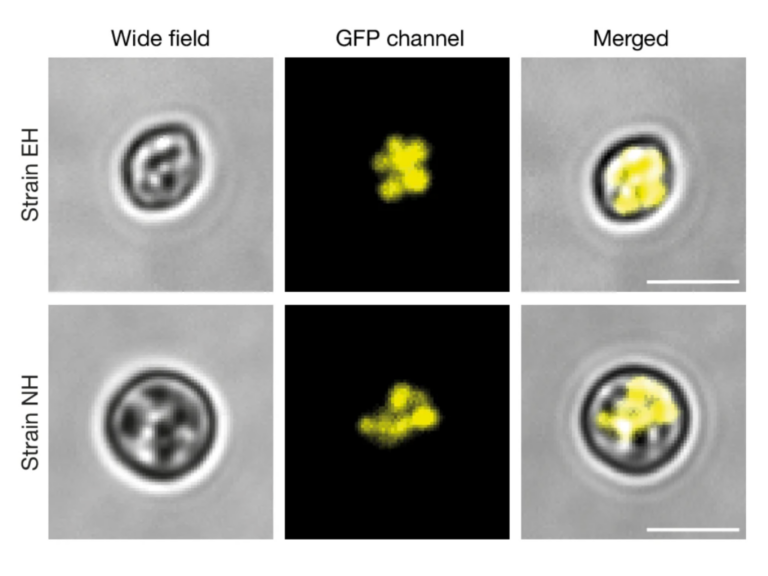The phosphorylation landscape of infection-related development by the rice blast fungus
Many of the world's most devastating crop diseases are caused by fungal pathogens that elaborate specialized infection structures to invade plant tissue. Here, we present a quantitative mass-spectrometry-based phosphoproteomic analysis of infection-related development by the rice blast fungus Magnaporthe oryzae, which threatens global food security. We mapped 8,005 phosphosites on 2,062 fungal proteins following germination on a hydrophobic surface, revealing major re-wiring of phosphorylation-based signaling cascades during appressorium development. Comparing phosphosite conservation across 41 fungal species reveals phosphorylation signatures specifically associated with biotrophic and hemibiotrophic fungal infection. We then used parallel reaction monitoring (PRM) to identify phosphoproteins regulated by the fungal Pmk1 MAPK that controls plant infection by M. oryzae. We define 32 substrates of Pmk1 and show that Pmk1-dependent phosphorylation of regulator Vts1 is required for rice blast disease. Defining the phosphorylation landscape of infection therefore identifies potential therapeutic interventions for the control of plant diseases.


